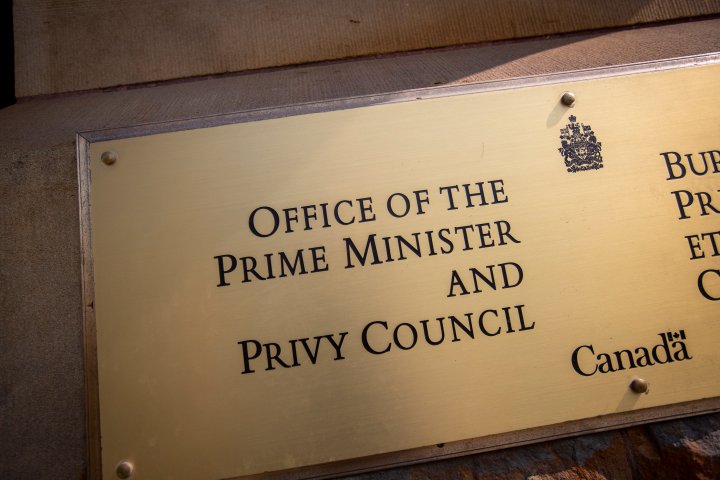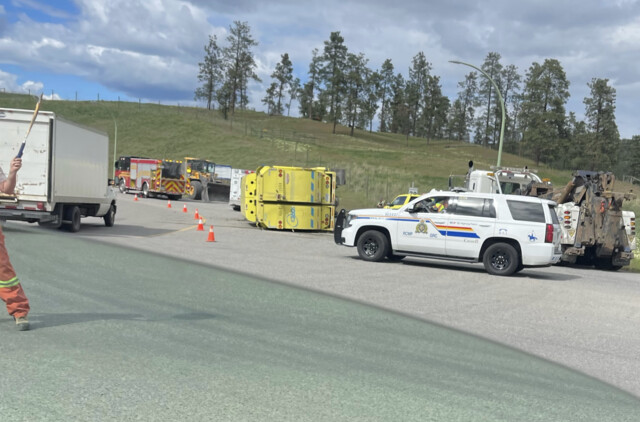Public Servants with Top Secret Security Clearance Face Increased Scrutiny
In recent years, the process of obtaining and maintaining top secret security clearance for public servants has become more rigorous and thorough. This heightened scrutiny is due to the increasing importance of protecting sensitive information and preventing security breaches.
According to a report by the Government Accountability Office (GAO), the number of individuals with top secret security clearance has risen significantly in the past decade, reaching over 4 million in 2019. This includes not only government employees, but also contractors and military personnel.
The process of obtaining top secret security clearance involves a thorough background check, including a review of an individual’s personal, professional, and financial history. This is to ensure that the individual is trustworthy and does not pose a risk to national security.
However, the GAO report found that the government has faced challenges in keeping up with the increasing number of individuals with top secret security clearance. This has led to delays in the clearance process and a backlog of cases, which can leave sensitive information vulnerable.
To address these concerns, the government has implemented new measures to strengthen the security clearance process. This includes increased use of technology to streamline the process and improve efficiency, as well as more frequent reinvestigations to ensure that individuals with clearance continue to meet the necessary requirements.
In addition, public servants with top secret security clearance are now subject to continuous evaluation, which involves ongoing monitoring of their behavior and activities. This allows for quicker identification of any potential risks or red flags.
The increased scrutiny of top secret security clearance is also reflected in the recent changes to the Standard Form 86 (SF-86), which is used to collect personal and background information from individuals seeking clearance. The updated form now includes questions about an individual’s social media presence and foreign contacts, among other things.
While these measures may seem intrusive, they are necessary to ensure the protection of sensitive information and national security. As the GAO report states, “the government must balance the need to protect national security with the need to protect individual privacy.”
In conclusion, the process of obtaining and maintaining top secret security clearance for public servants has become more rigorous and thorough in recent years. This is a necessary step in safeguarding sensitive information and preventing security breaches. The government continues to work towards improving the clearance process and ensuring that those with clearance are continuously evaluated to maintain the highest level of security.




